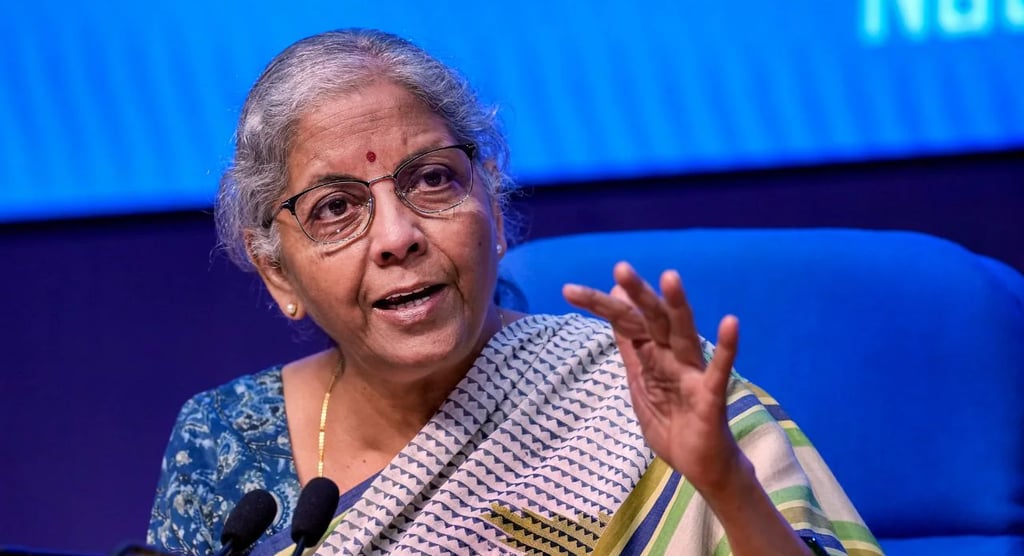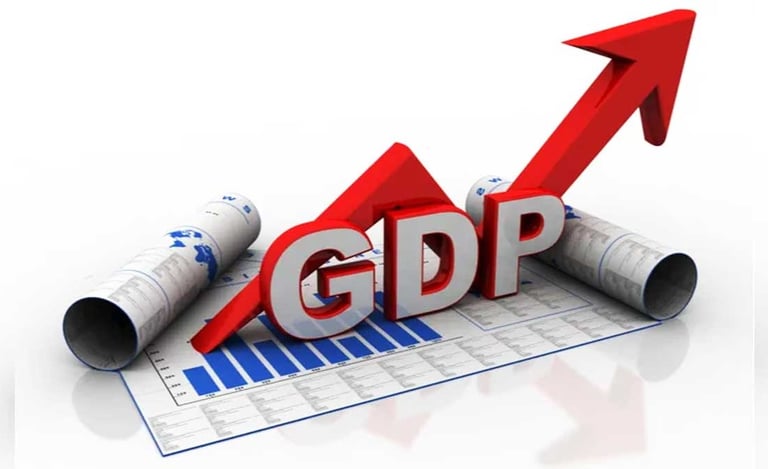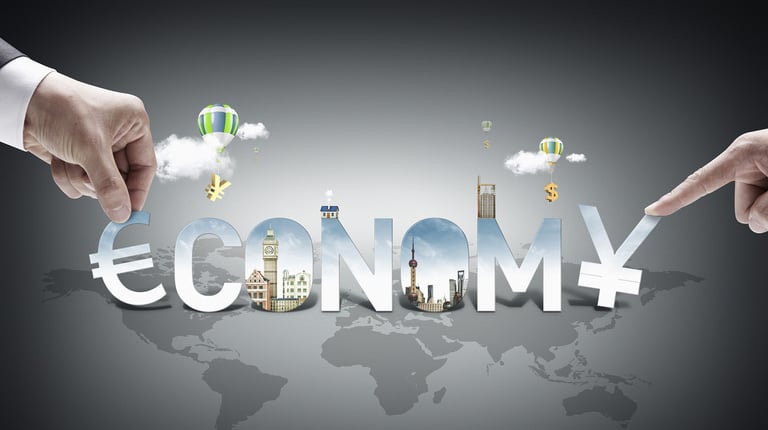India’s Q2 GDP Slowdown: A Temporary Blip or Cause for Concern?
ఆర్థిక సంవత్సరం రెండవ త్రైమాసికం (Q2)లో భారతదేశ ఆర్థిక పనితీరు విధాన రూపకర్తలు, ఆర్థికవేత్తలు మరియు సాధారణ ప్రజలలో తీవ్ర చర్చనీయాంశమైంది. కేంద్ర ఆర్థిక మంత్రి నిర్మలా సీతారామన్ ఇటీవల స్థూల దేశీయోత్పత్తి (జిడిపి) వృద్ధి మందగమనం చుట్టూ ఉన్న ఆందోళనలను ప్రస్తావించారు, దీనిని "తాత్కాలిక దెబ్బ" అని పేర్కొన్నారు. ఈ ప్రకటన భారత ఆర్థిక వ్యవస్థ రికవరీ మరియు దీర్ఘకాలిక వృద్ధి కోసం ట్రాక్లో ఉందని విశ్వాసాన్ని కలిగిస్తుంది.
LATEST NEWS
RAMANJAN_PALKAPATI
12/17/20243 min read


India’s Q2 GDP Slowdown: A Temporary Blip or Cause for Concern?
India’s economic performance in the second quarter (Q2) of the financial year has been a topic of intense discussion among policymakers, economists, and the general public. Union Finance Minister Nirmala Sitharaman recently addressed the concerns surrounding the slowdown in Gross Domestic Product (GDP) growth, terming it as a “temporary blip.” This statement instils confidence that the Indian economy remains on track for recovery and long-term growth.
The Q2 Numbers: What Happened?
The Q2 GDP numbers reflect a deceleration compared to the robust growth witnessed in the previous quarters. While India has consistently been one of the fastest-growing major economies, this slowdown has sparked concerns about its sustainability and resilience. However, Sitharaman emphasized that this dip is not a reflection of a systemic problem but rather a temporary phase influenced by multiple factors.
Factors Behind the Slowdown
Several global and domestic factors have contributed to the Q2 slowdown:
Global Economic Uncertainty
The global economy is navigating through challenges such as geopolitical tensions, rising inflation, and fluctuating commodity prices. These external headwinds have had a ripple effect on emerging economies, including India.
Impact of High Interest Rates
The Reserve Bank of India (RBI), in line with global central banks, has maintained a cautious stance with high interest rates to curb inflation. While this has been necessary to maintain economic stability, it has dampened domestic consumption and investment in the short term.
Sectoral Adjustments
Specific sectors, including manufacturing and exports, faced challenges during the quarter. Supply chain disruptions, changing demand dynamics, and external market volatility have added to the slowdown.
Government’s Perspective: Why It’s a ‘Blip’
Finance Minister Sitharaman reassured that the fundamentals of the Indian economy remain strong. Here are key points from her statement:
Robust Long-Term Growth
Sitharaman pointed to India’s resilience during past economic shocks and highlighted the government’s focus on structural reforms, infrastructure development, and investment-driven growth.
Rebound in Key Indicators
High-frequency indicators such as GST collections, power consumption, and manufacturing PMI have shown steady improvement. These suggest that the economy is already on its path to recovery.
Supportive Policy Framework
The government continues to implement supportive fiscal policies, production-linked incentives (PLI), and infrastructure investments that are expected to boost economic activity in the coming quarters.
Why There’s Still Optimism
Despite the slowdown, India’s economic outlook remains positive for several reasons:
Strong Domestic Demand: India’s large consumer base continues to drive demand, especially in sectors like services, retail, and technology.
Demographic Dividend: With a young and skilled workforce, India has the potential to become a hub for innovation and manufacturing.
Government Reforms: Reforms in taxation, ease of doing business, and digital transformation are paving the way for sustained economic growth.
The Road Ahead
While the Q2 slowdown has raised concerns, it is important to look at the broader picture. Temporary challenges should not overshadow India’s long-term potential. The government’s proactive approach, coupled with a resilient economy, positions India to bounce back strongly in the coming quarters.
As Finance Minister Nirmala Sitharaman aptly put it, the current phase is a “blip” in the larger trajectory of growth. For investors, businesses, and citizens, the focus should remain on India’s strong fundamentals and its capacity to weather short-term disruptions.
For more details click here...




